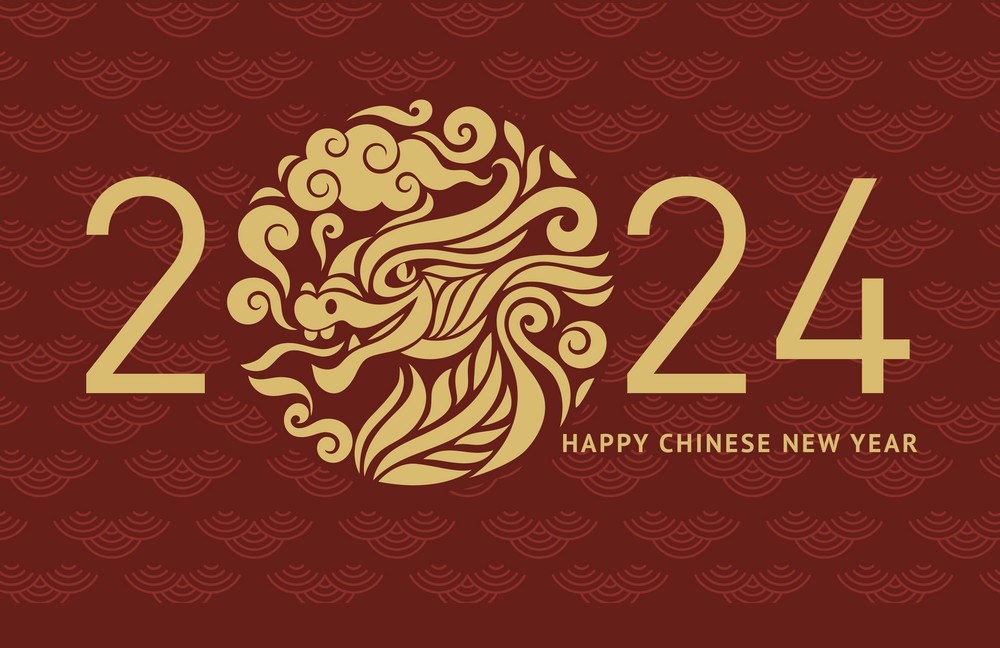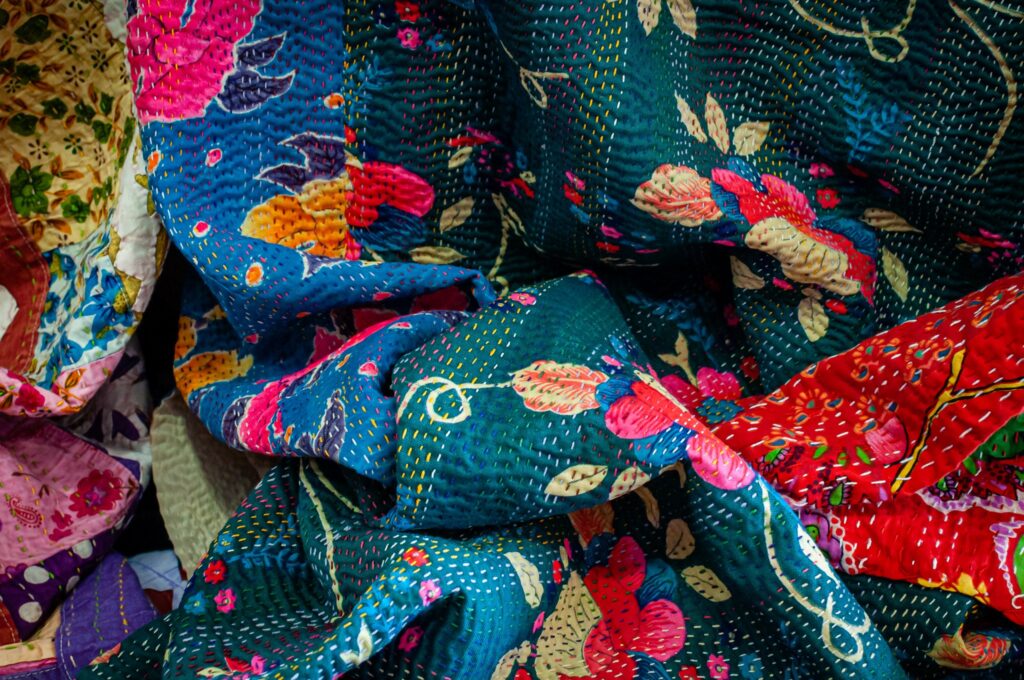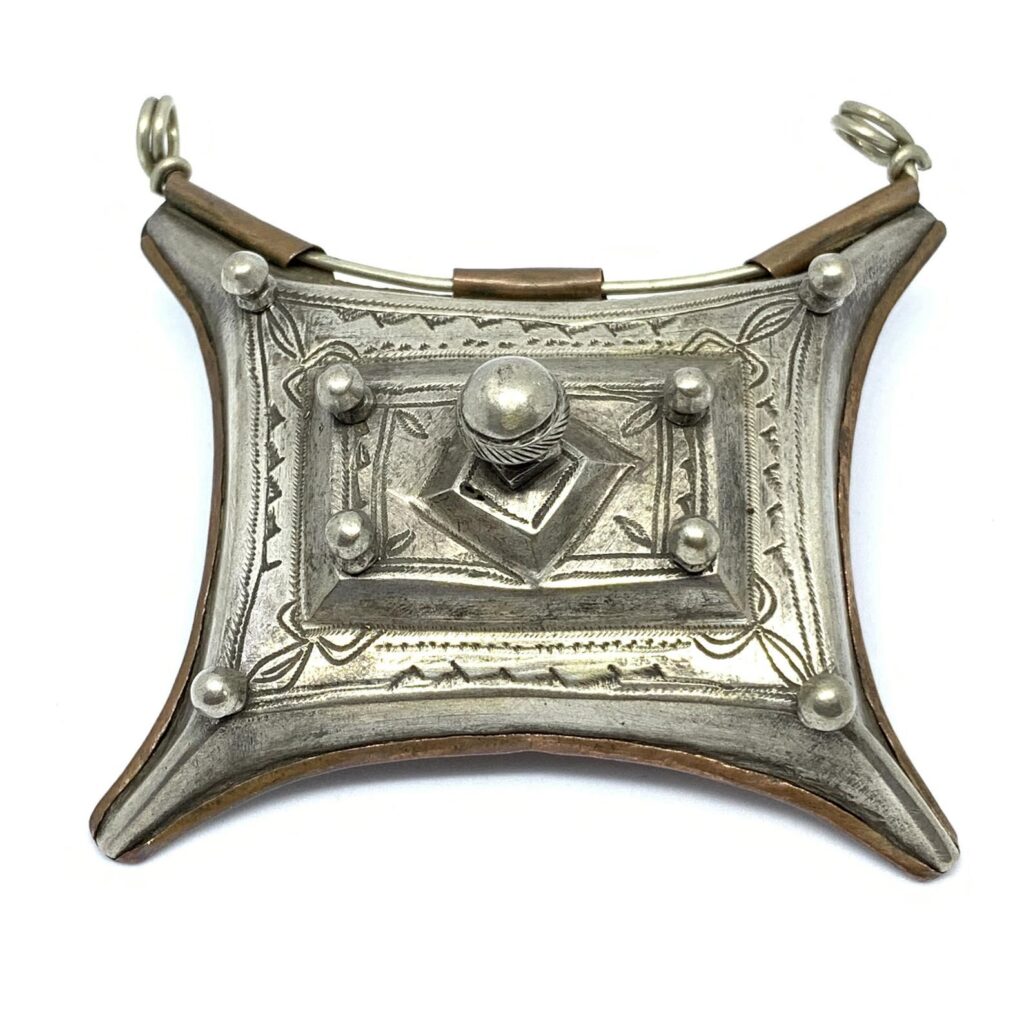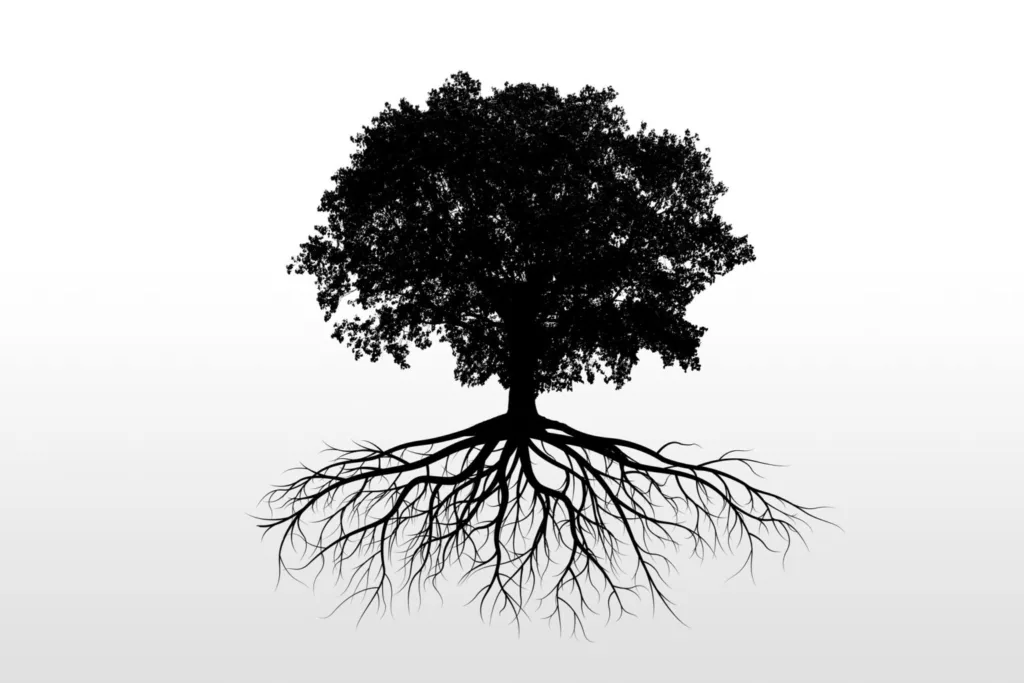
Yggdrasil, the Tree of Life according to Norse mythology
The nine world of Yggdrasil, the Tree of Life
Yggdrasil (o Yggdrasill) is an eternal ash, also called the Ash of the Universe in the myths of Norsmen.
Its roots and branches keep the different world united: Asgard, Midgard,Helheim, Niflheim, Muspellheim, Svartalfheim, Alfheim, Vanaheim y Jötunheim.
Its roots originate the spring that fills the well of knowledge, guarded by Mimir.
At its feet lived Heimdall, who was responsible for its safety. He had to protect the Tree from the attacks of the dragon Níðhöggr and from those of a series of worms that wanted to erode its roots and overthrow all the deities it represented. Yggdrasil could count also on the help of the Norns, who watered it with the water taken from the well of Urd. A long bridge, the Bifröst united Yggdrasil to the House of the Gods.
Yggdrasil oozes honey and gives shelter to a nameless eagle, who lives with an hawk in between its eyes, named Veðrfölnir. Yggdrasil is home also to a squirrel (Ratatösk), a dragon (Níðhöggr) and four deers: Dáinn, Dvalinn, Duneyrr y DuraÞrór. The Norns live by its roots.
To the Norse the world of Men was just one of the branches of Yggdrasil, as it owns nine worlds. Through them all travelled Odin, to reach the Tree and discover the sevret of the Runes.
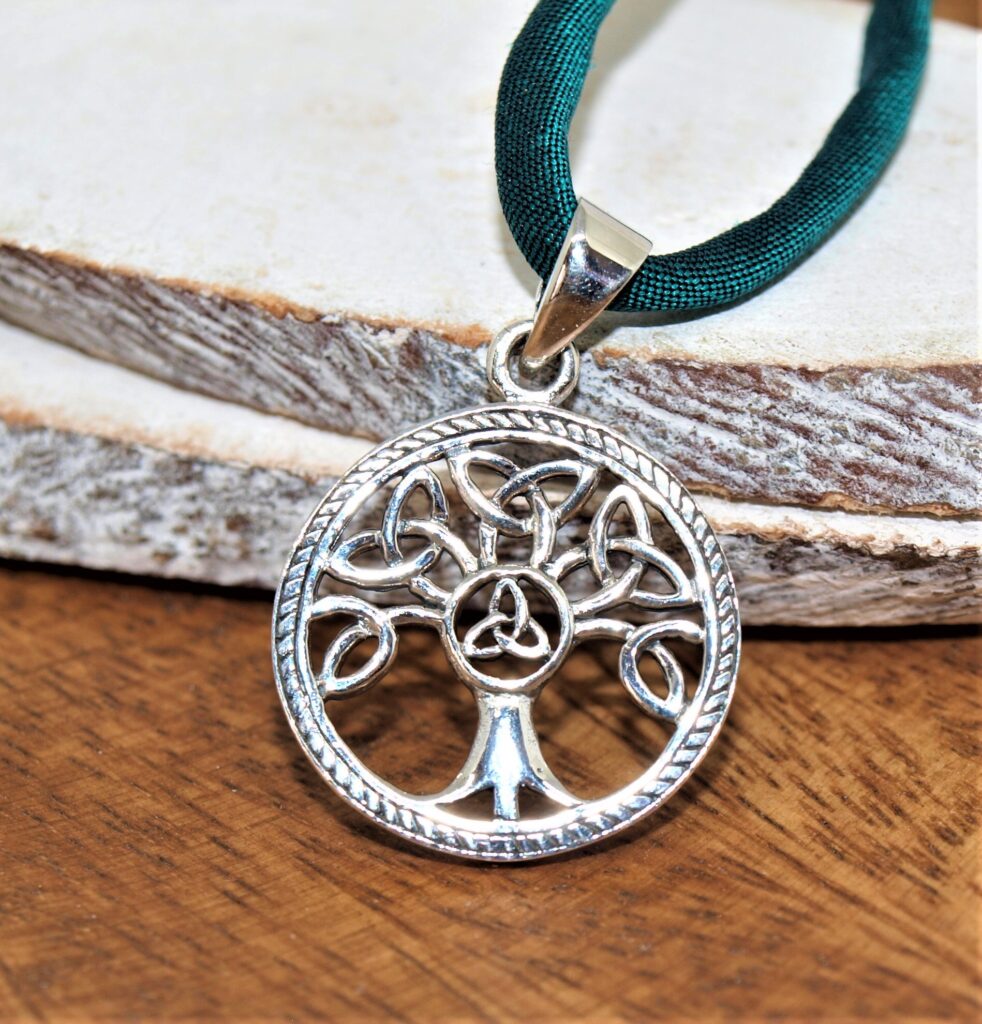
The Tree is divided into three parts: Niflheim (the roots), Midgard (the core) y Asgard (the crown)
The roots are three: the first one goes to the Hvergelmir Spring, the second is the one owned by Mimir, and the third is the house of the Norns, the Fate.
The worlds are, in ascending order:
- Helheim, here live the deads
- Svartalfheim, house of the dark elves and of the dwarves
- Nilfheim, the world of terror and fog
- Jötunheim, House of the Giants
- Midgard, the world of the Humans (also known as Mannaheim).
- Vanaheim, House of the Vanir (tribe of the nature and fertility deities)
- Alfheim, where the elves of the light live (also known as Ljusalfheim)
- Asgard, House of the Gods (Æsir).
- Muspelheim: the primordial world of fire and Ginnugagap (the cosmic abyss)


